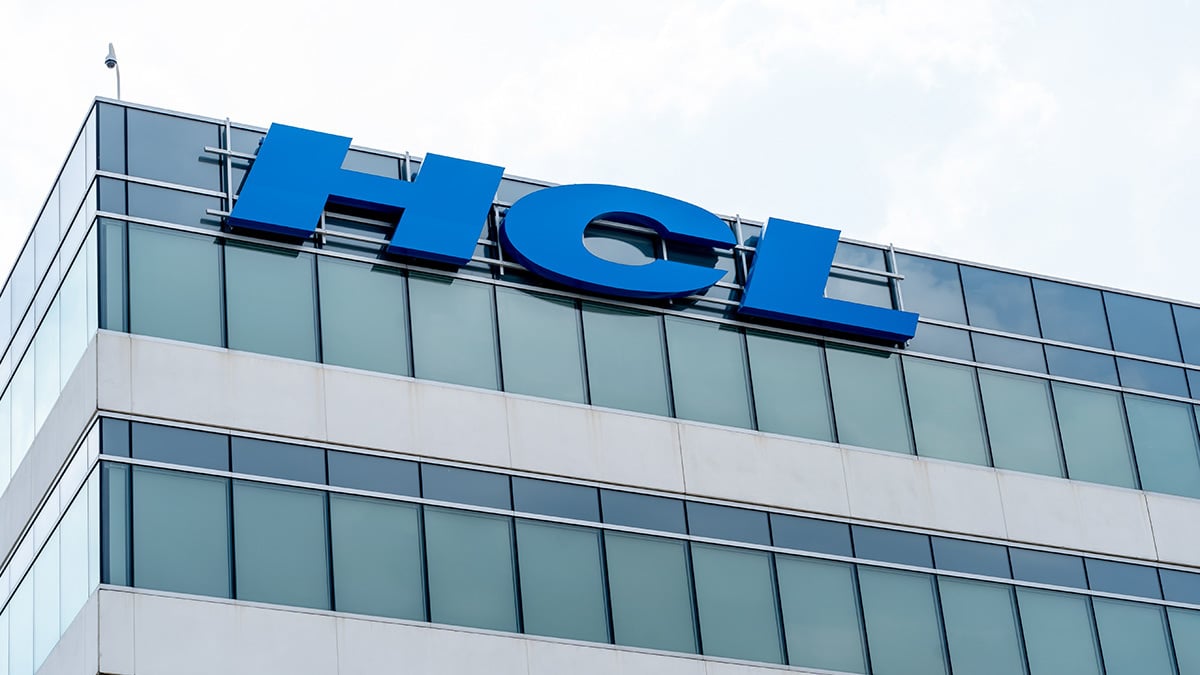|
Listen to this story
|
Semiconductor GCCs are on the rise in India. About 30% of the new GCCs set up in India during Q4 2023 were in the semiconductor space, signalling a growing interest in leveraging local talent for front-end design, performance testing, and post-silicon validation.
A closer look at the recent trends shows Bengaluru racing ahead in India’s semiconductor GCC landscape. The country’s own Silicon Valley hosts approximately 42% of all semiconductor GCC units and 61% of GCC talent in the country.
Hyderabad follows with 23% of the total units and 21% of the talent.
Here are the top semiconductor units in India.
Signature IP
Signature IP, a US-based company founded in 2021, is dedicated to advancing network-on-chip (NoC) technology. As one of the emerging semiconductor players in India, Signature IP established a Global Capability Center (GCC) in October 2023.
The company expanded its presence by inaugurating a new R&D centre in Bhubaneswar, with a focus on developing cutting-edge NoC solutions. The centre aims to foster collaboration with local universities, research institutions, and semiconductor companies to drive innovation and talent development in the NoC domain.
EdgeCortix
EdgeCortix, a Japan-based fabless semiconductor company, specialises in developing AI-specific processor architecture from the ground up. As one of the recent entrants in India’s semiconductor landscape, EdgeCortix has established a GCC in Hyderabad.
The company focuses on designing AI-specific processor architecture, offering a full-stack AI inference software development environment, run-time reconfigurable edge AI inference IP, and edge AI chips for boards and systems.
EdgeCortix’s flagship product, the Dynamic Neural Accelerator IP core, is scalable from 1024 to 32768 MACs and boasts a 16x improvement in inference/sec/watt compared to GPUs.
M31 Technology Corporation
M31 Technology Corporation is a Taiwan-based silicon IP provider that opened an R&D design centre in Bengaluru in October 2023. It focuses on IP development, IC design, and EDA, including memory compilers and standard cell library solutions.
The Bengaluru R&D centre is M31’s first international location for overseas R&D. The company has been awarded TSMC’s Best IP Partner Award for many consecutive years.
Micron Technology
Micron is investing $2.75 billion to build a semiconductor facility in Sanand, Gujarat. It will focus on the assembly and testing of DRAM and developing a 1 TB 232-Layer 3D TLC NAND Flash memory chip for diverse applications in domestic and international markets.
Construction is expected to begin this year, with Phase 1 (500,000 sq ft cleanroom) operational by late 2024. Phase 2, similar in scale to Phase 1, is slated to start in the latter half of the decade.
The project is expected to create up to 5,000 direct Micron jobs and 15,000 community jobs over the next several years. The company will also receive 50% fiscal support from the central government and 20% from the Gujarat government.
AMD
AMD recently inaugurated its largest global design centre in Bengaluru, and is planning to employ about 3,000 engineers.
The 500,000 sq ft AMD Technostar campus, with 60,000 sq ft of R&D labs, is part of AMD’s $400 million investment in India over five years. The centre will focus on high-performance CPUs, GPUs, SoCs and FPGAs.
Intel
Intel operates its GCC in India, with design and R&D centres playing a pivotal role in its global semiconductor operations. These centres are primarily involved in chip design and development activities.
Although Intel doesn’t currently manufacture chips in India, it has collaborated with prestigious academic institutions like IIT Bombay to foster semiconductor research and talent development.
For instance, Intel has established the Emsys Lab at IIT Bombay, concentrating on electronic and embedded system design, prototyping, evaluation, and hardware-accelerated simulation.
However, it remains open to the potential of future semiconductor manufacturing in India.
Texas Instruments
Texas Instruments (TI) was the first multinational company to establish a software design and R&D centre in India in 1985, located in Bengaluru. Over the past three decades, TI’s India centre has evolved into a critical R&D hub, with engineers contributing to almost every product developed globally by TI.
In 2002, TI India expanded its focus to include the design of 3G wireless chipsets and the development of Wireless LAN (WLAN) chipsets.
In 2005, TI India partnered with Indian manufacturer BPL to create the first cell phones. These were designed and manufactured in India, tailored to the specific needs of the Indian market and based on TI chipsets and reference designs.
In December 2010, TI established Kilby Labs in Bangalore, marking its first international expansion of the research program beyond the US. The labs focus on innovation in energy efficiency, bio-electronics, and life sciences, further solidifying TI’s commitment to technological advancement.
Nvidia
NVIDIA has established four engineering centres in India, including Bangalore and Delhi, employing a total of 4,000 engineers. This makes India the company’s second-largest talent pool after the United States.
It is actively collaborating with leading Indian companies such as Reliance and the Tata Group to establish advanced AI data centres and computing infrastructure within India.
The AI data centres will leverage NVIDIA’s next-generation GH200 Grace Hopper Superchip and DGX Cloud, an AI supercomputing service, to deliver exceptional performance and easy access to AI technology.
Additionally, Tata Communications and NVIDIA are jointly developing an AI cloud in India, utilising Tata’s global network to provide critical infrastructure for the next generation of computing and bring AI capabilities to enterprises.
Qualcomm
Qualcomm has made a significant investment of Rs 177.27 crore to enhance its presence in Chennai by establishing a new design centre facility. The new facility is expected to create employment opportunities for up to 1,600 professionals and will be instrumental in driving Qualcomm’s R&D efforts in 5G technology on a global scale.
With existing engineering centres in Bengaluru, Hyderabad, Chennai, and Delhi, Qualcomm boasts a workforce of 4,000 engineers in India, positioning the country as its second-largest talent pool after the US.
These Indian offices specialise in various domains such as wireless modem and multimedia software, DSP and embedded applications, and digital media networking solutions.













































































